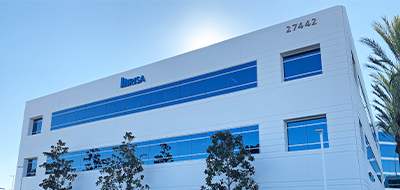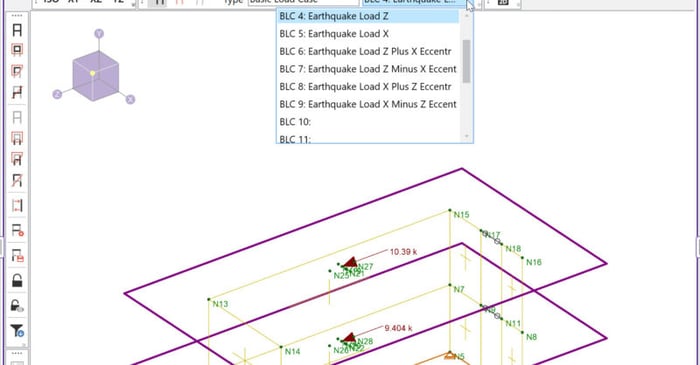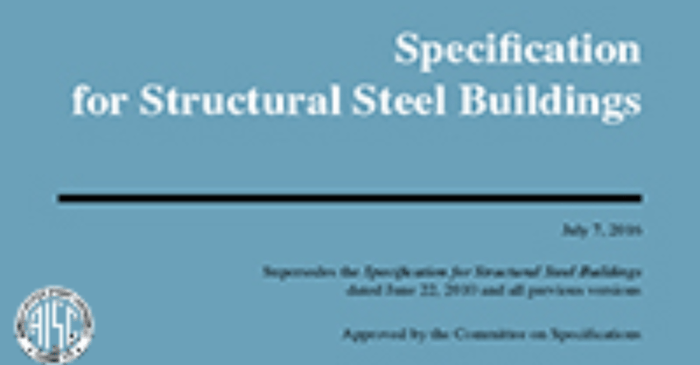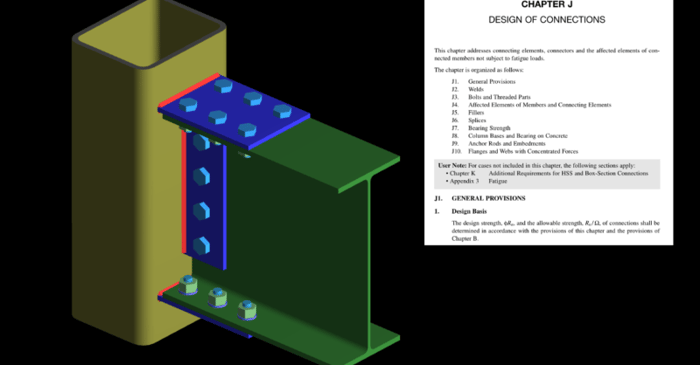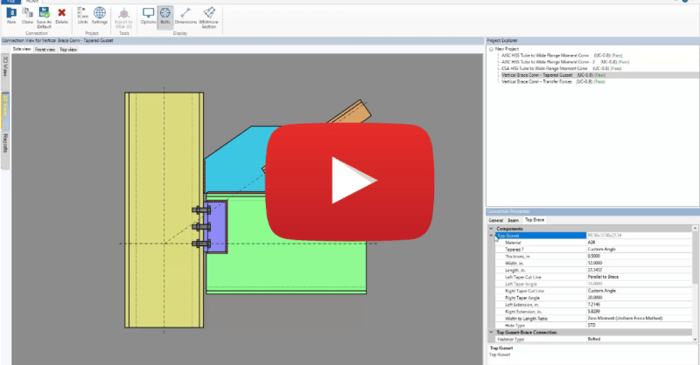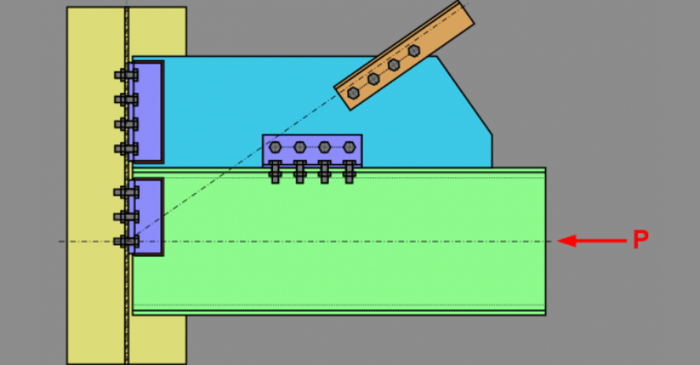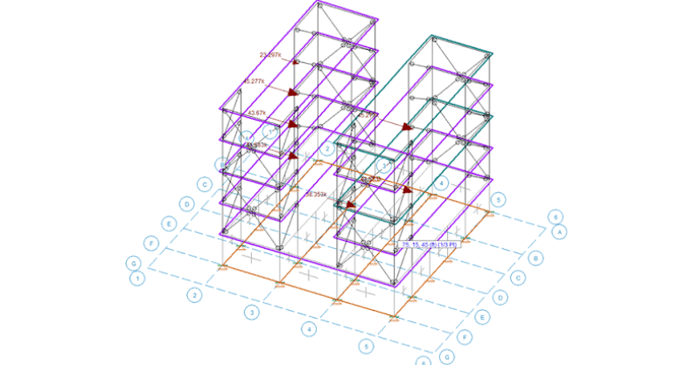
May 2, 2019
RISA Employees Participate in 5th Annual Run4Water 5k
RISA employees and their families recently participated in the 5th Annual Run4Water 5k at Mile Square Park where they raised over $6,400 towards the construction of wells that provide access to clean water to communities in Uganda. Congratulations to everyone involved and for more information about...



